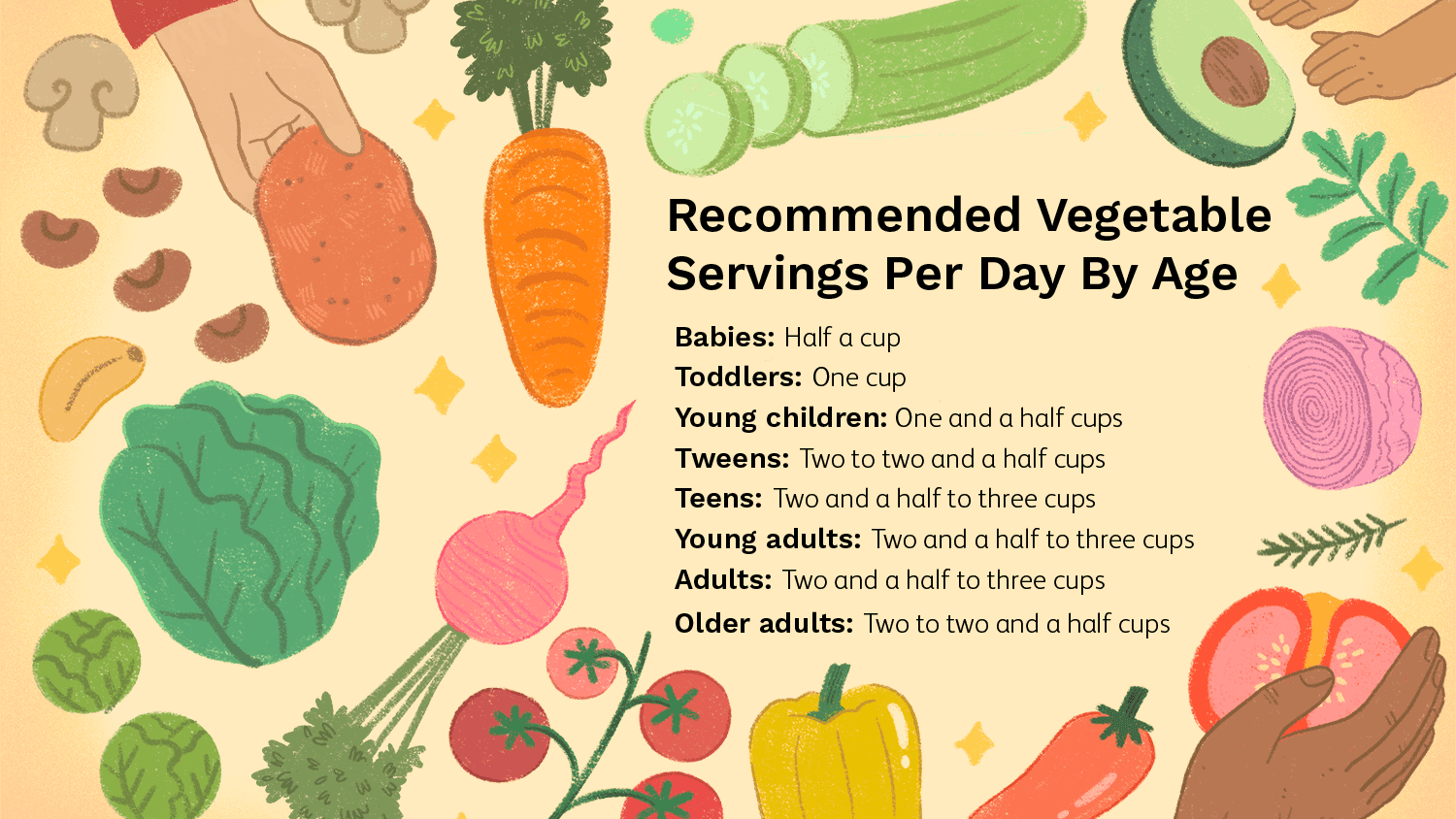
There are many types of dietary fats that you can consume when you eat food. While most are harmless, some may not be. In addition, they may contribute to your weight gain. You might struggle to lose weight if your diet is too restrictive. To avoid this problem, you must limit your intake of fat. How do you do this? First, identify the types and amounts of fat in your diet. They can be divided into monounsaturated or trans fats.
Understanding the differences between saturated and unsaturated fats is essential to understand how to eat healthy fats. Saturated oils are solid at room temperature and can be found in animal products, such as red meat and full-fat dairy products. Coconut oil as well as palm oil are good sources of saturated oil. You can get monounsaturated and multiunsaturated oils in olive oil and vegetable oils.

There are different types of dietary fats. Monounsaturated and saturated fats are harmful for your health. Saturated fats can be harmful, so it's important to limit their intake if your goal is to lose weight. But, trans and saturated fats can have negative effects on your health. The goal should be to consume between five-ten grams of dietary fat per day.
Although moderate amounts of saturated fat are healthy for your body it's best that you stick to a lower than ideal level. Saturated fats can cause weight gain and increase your chance of developing diabetes or cancer. Therefore, it's important to limit the amount of saturated fat you consume. You can make sure your diet is more nutritious, while also reducing your overall calories. These foods are good for your health.
The most dangerous are saturated fats. Saturated fats can lead to heart disease. However, they should only account for five to six per cent of your daily calories. You can include saturated fats in your diet, but it is important to keep this in mind. Most fatty foods contain a mixture of fatty acids, so the best choice is to include them in your diet. If you are consuming only one type or fat, you have the option to replace it with an unsaturated variety.

Saturated fats are the worst. These fats can be very harmful for your health. You should reduce your intake of saturated fats. Saturated fats can make you gain weight. You should also be careful with your sodium intake. The American Heart Association recommends that saturated fats are limited. You should eat more fruits and vegetables if you want to have the best diet possible.
There are two types. You can get them from animal foods and plant-based foods. Omega-3 fats, which are healthy for the heart, are better than saturated fats. There are many other benefits they can bring to your health. The omega-3 fats in fish and poultry are especially beneficial to your heart. They are essential to the health of your heart. Your heart will thank it if you eat foods high in omega-3 oils.
FAQ
Is cold a sign of a weak immune response?
According to some, there are two types: people who love winter or those who hate it. It doesn't matter if you love it or not, it is possible to wonder why it makes you feel so miserable when it gets cold outside.
Our bodies were designed to work best in warm climates. Because of this, our bodies evolved to thrive and survive in hot climates.
We live in a very different environment than our ancestors. We spend much more time indoors, often exposed to extreme temperatures (cold and heat), and we eat foods that are processed rather than fresh.
Our bodies don't have the ability to tolerate extremes. So, when we do venture outside, we often feel exhausted, sluggish, or even sick.
These effects can be reversed, however. You can combat these effects by making sure you are well-hydrated all day. Drinking plenty of water will help you keep your body hydrated and flush out toxins.
It is important to eat healthy foods. Eating nutritious foods helps your body maintain its optimal temperature. This is especially important for those who spend long periods inside.
Consider taking a few moments each morning to meditate. Meditation helps to calm your mind and body which can make it easier to deal stress and illness.
What are the ten best foods to eat in America?
These are the top 10 foods to eat.
-
Avocados
-
Berries
-
Broccoli
-
Cauliflower
-
Eggs
-
Fish
-
Grains
-
Nuts
-
Oats
-
Salmon
What is the most healthful lifestyle?
You can live a healthier lifestyle if you eat healthy food and exercise regularly. These guidelines will help you live a long, healthy life.
You can start by making small changes in your diet and exercise routine. You can lose weight by walking 30 minutes each day if you are looking to lose weight. If you're looking for a way to increase your activity, consider taking up swimming or dancing. You can also sign up for an online fitness program, such as Strava and Fitbit. This will track your activity.
Statistics
- nutrients.[17]X Research sourceWhole grains to try include: 100% whole wheat pasta and bread, brown rice, whole grain oats, farro, millet, quinoa, and barley. (wikihow.com)
- This article received 11 testimonials and 86% of readers who voted found it helpful, earning it our reader-approved status. (wikihow.com)
- WHO recommends reducing saturated fats to less than 10% of total energy intake; reducing trans-fats to less than 1% of total energy intake; and replacing both saturated fats and trans-fats to unsaturated fats. (who.int)
- The Dietary Guidelines for Americans recommend keeping added sugar intake below 10% of your daily calorie intake, while the World Health Organization recommends slashing added sugars to 5% or less of your daily calories for optimal health (59Trusted (healthline.com)
External Links
How To
What does the term "vitamins" mean?
Vitamins are organic compounds naturally found in food. Vitamins are essential for our bodies to absorb nutrients from the foods we eat. Vitamins cannot be produced by the body. They must be acquired from food.
Two types of vitamins exist: water-soluble vitamin and fat-soluble vitamin. Water soluble vitamins dissolve easily in water. Examples include vitamin C,B1 (thiamine), B2 (riboflavin), B3 (niacin), B6 (pyridoxine), folic acid, biotin, pantothenic acid, and choline. Fat soluble vitamins are stored in the liver and fatty tissue. Examples include vitamin D, E, K, A, and beta carotene.
Vitamins are classified based on their biological activity. There are eight major types of vitamins:
-
A - Essential for healthy growth and health maintenance.
-
C – essential for proper nerve function.
-
D – Essential for healthy teeth, bones and joints
-
E is required for good vision and reproduction.
-
K - required for healthy muscles and nerves.
-
P - Vital for strong bones and teeth.
-
Q - Aids digestion and iron absorption
-
R - Required for red blood cell production
The recommended daily allowance of vitamins (RDA), varies according to age, gender, physical condition, and other factors. The U.S. Food and Drug Administration (FDA) sets the RDA values.
For adults aged 19 and older, the RDA for vitamin B is 400 micrograms daily. Pregnant women require 600 micrograms daily to support fetal development. Children ages 1-8 require 900 micrograms per day. Infants under one year of age require 700 micrograms per day, but this amount decreases to 500 micrograms per day between 9 months and 12 months of age.
Children between the ages of 1-18 need 800 micrograms per daily for obesity, while children overweight require 1000 micrograms. Children underweight or obese will need 1200 mg per day.
Children 4-8 years old who have anemia must consume 2200 micrograms of Vitamin C daily.
2000 micrograms is the minimum daily intake for adults over 50 years old to maintain good health. Women who are pregnant or breastfeeding need 3000 micrograms per day due to increased nutrient requirements.
1500 micrograms is the recommended daily intake for adults aged 70+, who lose approximately 10% of muscle each year.
Women who are pregnant, nursing or breastfeeding need more than the RDA. Pregnant and breastfeeding women require 4000 micrograms each day during pregnancy and 2500 Micrograms each day after delivery. Breastfeeding mothers need 5000 mg per day when breastmilk is being produced.